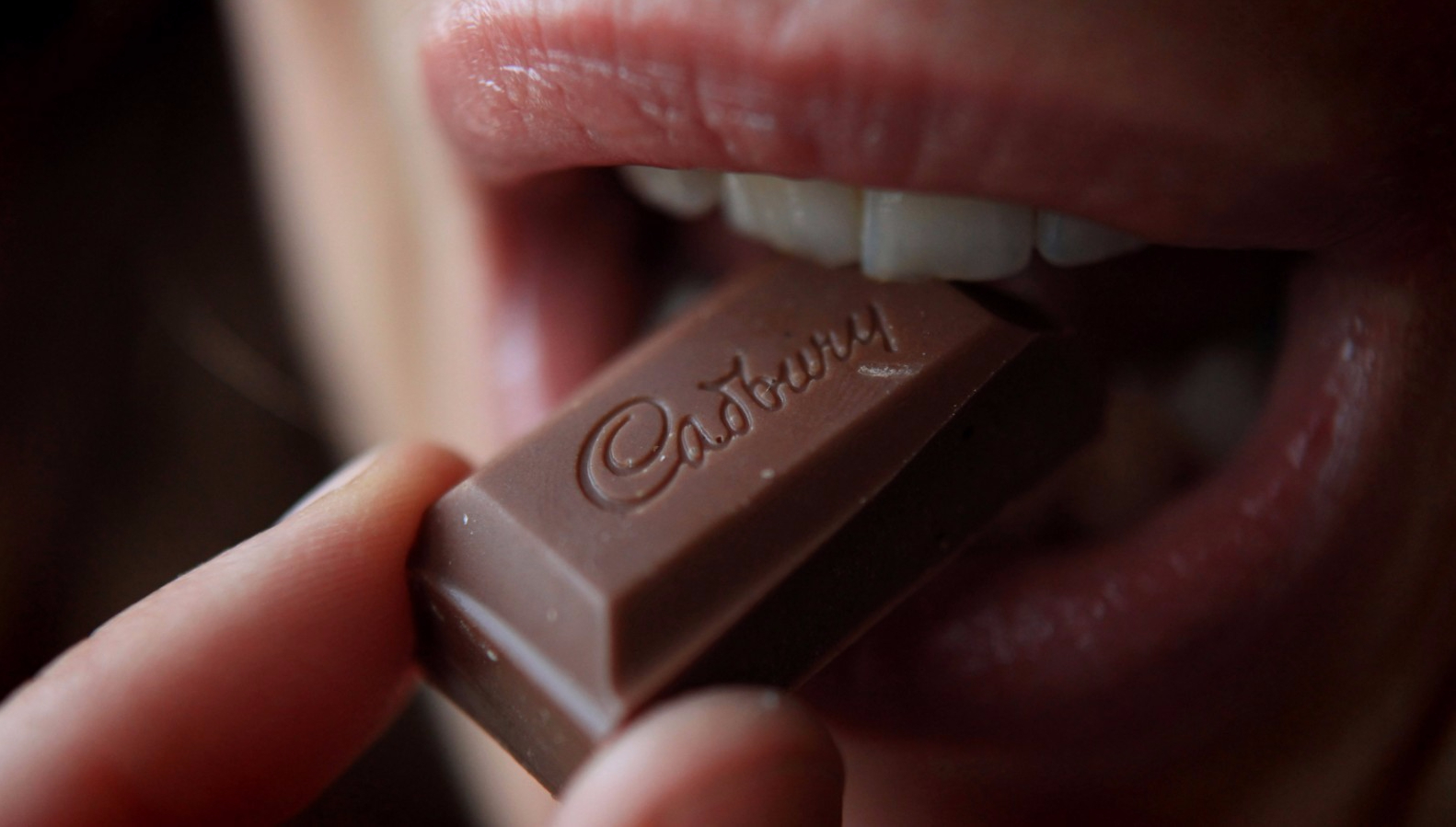10 Facts To Know About Chocolate’s History Before Chocolate Day
Like most of the things people consume chocolate without having a faintest idea about its rich history which you can trace as far back as the Mayan cultures. Here are 10 such historical facts about chocolates.

The rich history of chocolate can be traced to the ancient Mayans, and even earlier to the ancient Olmecs of southern Mexico. The word chocolate may conjure up images of sweet candy bars and luscious truffles, but the chocolate of today is little like the chocolate of the past.
Here are some interesting facts about Chocolate’s history that you should know
1) Olmec, Mayans And Aztec Also Considered It As An Aphrodisiac

Olmec, Mayan and Aztec civilizations found chocolate to be an invigorating drink, mood enhancer and aphrodisiac, which led them to believe that it possessed mystical and spiritual qualities.
2) There Is A Chocolate God You Can Worship

The Mayans worshipped a god of cacao and reserved chocolate for rulers, warriors, priests and nobles at sacred ceremonies.
3) Chocolate Was Used As A Currency For Trade

Cacao beans were the principle form of currency in the Aztec empire, which they kept in bags of 24000 beans. This was the standard weight called a carga. A rabbit was worth 10 beans and a slave 100 beans. Conquered people had to pay tributes in cacao beans.So the saying that money doesn't grow on trees wasn't always right!
4) Aztec Emperor Used To Drink Three Gallons Of Chocolate A Day To Increase His Libido

The 16th-century Aztec emperor Montezuma drank three gallons of chocolate a day to increase his libido.
5) In Distant Past The Civilizations Consumed Chocolate In The Form Of A Bitter Beverage

Chocolate may be the “food of the gods,” but for most of its 4,000-year history, it was actually consumed as a bitter beverage rather than as a sweet edible treat.
6) Columbus Brought Chocolate To Europe

One story says Christopher Columbus discovered cacao beans after intercepting a trade ship on a journey to America and brought the beans back to Spain with him in 1502.
7) Europeans Were Responsible For The Sweet Version Of The Chocolate

European palates weren’t satisfied with the traditional Aztec chocolate drink recipe. They made their own varieties of hot chocolate with cane sugar, cinnamon and other common spices and flavorings.
8) First Ever American Chocolate House Opened In Boston(1682)

Chocolate arrived in Florida on a Spanish ship in 1641. It’s thought the first American chocolate house opened in Boston in 1682.
9) Chocolates Were Given As Payment To Soldiers During Revolutionary War

During the Revolutionary War, chocolate was provided to the military as rations and sometimes given to soldiers as payment instead of money.
10) Dutch Cocoa Was Discovered By A Chemist Van Houten In 1828

In 1828, Dutch chemist Coenraad Johannes Van Houten discovered a way to treat cacao beans with alkaline salts to make a powdered chocolate that was easier to mix with water.
The process became known as “Dutch processing” and the chocolate produced called cacao powder or “Dutch cocoa.”
Popular Posts
Top 10 Sharpest & Deadliest Swords In History
In classic mythological movies, books and television, we’ve seen those audacious sword-wielding heroes smiting the enemi...
Augustus Perez
List of Water Deities from Different Mythologies
Water deities are the gods and goddesses who had the powers to control the elements of water and ruled over all the fresh and saltwater of the earth. Here’s a list of water deities from different mythologies.
Rishika Gupta
Winged Lion: The Terrifying Mythical Creature In Different Mythologies
A mythological creature, a winged lion dates back to ancient times. This flying lion-like creature has origins in Heraldry, Christianity, Mesopotamian, and Greek mythologies.
Ethan Stephans








